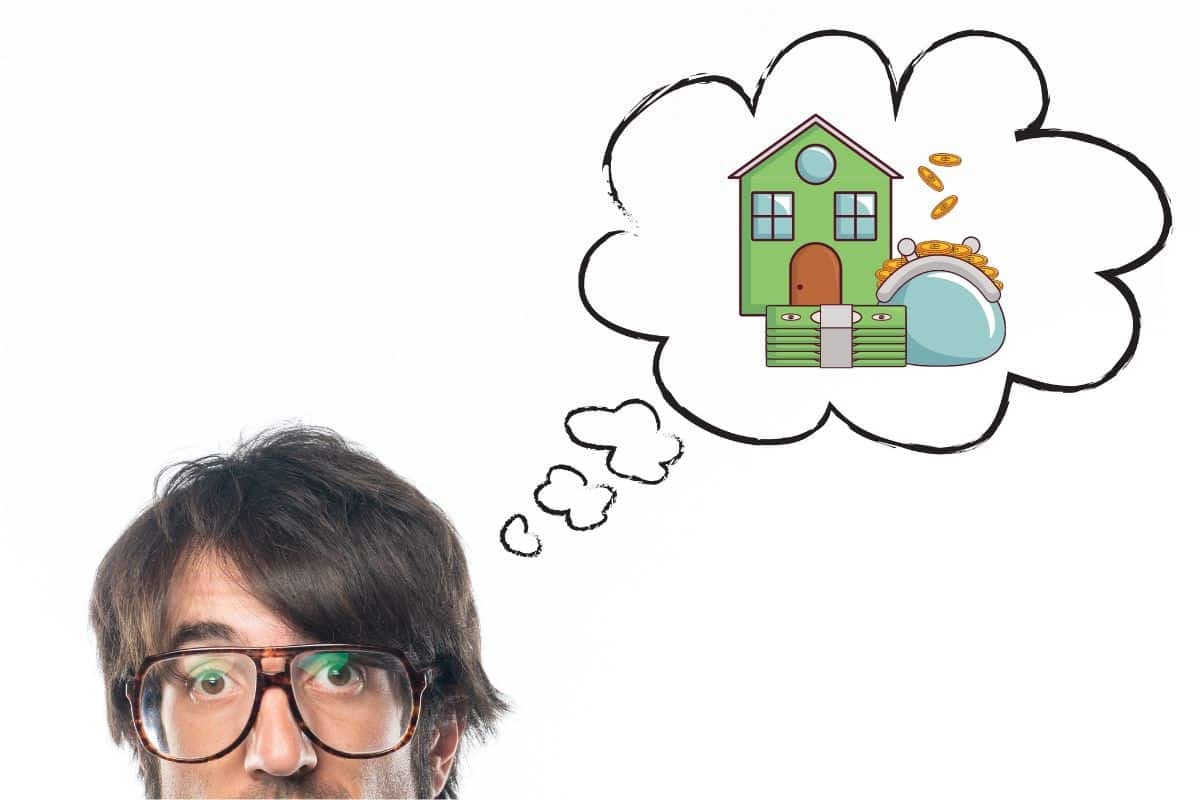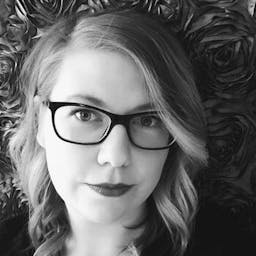How Much Income Do I Need to Get a Mortgage? Depends on the Rate
By Heidi Unrau | Published on 07 Dec 2022

In Collaboration with Pine
Pining for a place to call home? Housing prices are finally headed down the mountain, but interest rate hikes are killing affordability. For many Canadians, home ownership woes have shifted from the down payment debacle, to how much income is needed to get a mortgage. Current homeowners are hot under the collar about their mortgage renewal.
Just when the price dropped on the perfect bungalow, higher interest rates inflated the monthly payment. Snap out of the mortgage rate madness with Pine, your secret weapon against big rate hikes and bigger payments. Because when it comes to the income needed to get a mortgage, the rate can ruin everything. Here’s how it works.
Income needed to get a mortgage in Canada
To qualify for a mortgage in Canada, you need to prove you can afford to pay all your monthly debt obligations plus your mortgage payment, property taxes, and utilities. That means the income needed to get a mortgage is less about how much you make and more about how much debt you’re carrying right now. Generally, you have enough income to get a mortgage if
- Housing Costs do not exceed 39% of total household monthly income, known as the GDS ratio
- Housing Costs + Monthly Debt Payments do not exceed 44% of total household monthly income, known as the TDS ratio
The Stress Test
Who made these rules? The GDS and TDS ratios are set by the Office of the Superintendent of Financial Institutions (OSFI). That means regulated financial institutions, like Canada’s Big 6 Banks, use something called the Stress Test to determine whether or not you have enough income to get a mortgage, based on your GDS and TDS ratios.
Not only that, but they also have to make sure you can still afford your mortgage payment in the event interest rates rise – which is the exact scenario we’re witnessing right now. The Bank of Canada is aggressively increasing interest rates and it’s causing a lot of current and aspiring homeowners much despair.
In order to pass the Stress Test, two different rates are used to ensure neither your TDS nor GDS ratios exceed their respective threshold. The two rates used are the:
- Actual rate: the rate offered by your lender
- Qualifying rate: rate offered by your lender + 2%, or 5.25%, whichever is higher
That means the income needed to get a mortgage must be high enough that your TDS and GDS ratios do not exceed the cut-off when using the fictitious higher rate, known as the qualifying rate.
But it’s not exactly fictitious anymore. At the time of writing, the average posted mortgage rate across Canada’s Big 6 Banks was 5.46%. That’s a far cry from where they were this time last year. Why is that a big deal?
Income, mortgage payment, and rates
Because the income needed to get a mortgage depends on the size of the mortgage payment. And the size of the mortgage payment is a function of the purchase price, down payment, and the interest rate.
If you were lucky enough to get a mortgage when rates were at historic lows, hopefully you’re not unlucky enough to be up for renewal right now. Or maybe you need to buy a house like, right now, and can’t wait until the madness stops.
Many homeowners and house hunters are facing dramatically higher monthly mortgage payments because the new higher interest rates have reached or exceeded the Stress Test qualifying rate. There was a time when it was inconceivable that real-world rates could ever be as high as the qualifying rate, but here we are.
Even if you make a healthy income, here’s how a change in mortgage rates can make or break your ability to get a mortgage or afford it after renewal.
Applying for a mortgage in 2021
In 2021, you and your spouse bought a $450,000 house with 5% down and snagged an incredible mortgage interest rate of 2.82%. Each of you makes the average Canadian salary of $50K per year, giving you a gross household monthly income of $8,333. You have minimal credit card debt and one car loan. Your income is enough to get a mortgage because your GDS and TDS ratios were below 39% and 44% respectively, based on:
- Gross household income = $8,333/month
- Estimated heating/cooling costs = $150/month
- Property taxes = $350/month
- Credit card payments = $100/month
- Car payment = $400/month
- Mortgage payment = $2,063.20
Even though you snagged a great rate of 2.82%, you still have to pass the Stress Test using the qualifying rate of 5.25% in order to get the mortgage. No problem!
Based on your current income and the Stress Test qualifying rate of 5.25%, your GDS ratio was 37.79% and your TDS was 43.79%; each one under the cut-off limit of 39% and 44% respectively. You qualified for the house of your dreams in 2021. Your current mortgage payment is $2,063.20 per month based on your actual 2.82% interest rate.
Renewing your mortgage in 2022
Now it’s 2022. Your income and expenses have not changed, but the Bank of Canada has increased rates and your mortgage is up for renewal. The average rate across The Big 6 Banks is now 5.46%!
That’s right, the real-world rate is now higher than the qualifying rate used for the Stress Test when you applied for your mortgage a year ago. Your new mortgage payment is now $2,703.46. Big Yikes!
The mortgage interest rate increased by just 2.64%, but it jacked up your mortgage payment by $640.26 per month! As a result, it pushed your TDS ratio over the 44% threshold.
That means even though your income and expenses have not changed, you would not qualify for this mortgage if you were trying to buy it now, in 2022, instead of a year ago in 2021. But since you did qualify, and you bought the house, you are now facing a dramatically higher mortgage payment upon renewal.
Let that sink in.
Side by side comparison of rates & payments
| 2021 | Stress Test (Qualifying Rate) | 2022 | |
| Rates | 2.82% | 5.25% | 5.46% |
| Mortgage Payment | $2,063.20 | $ 2,649.45 | $ 2,703.46 |
| GDS 39% or less | 30.76% ✅ Pass | 37.79 % ✅ Pass | 38.44 % ✅ Pass |
| TDS 44% or less | 36.76% ✅ Pass | 43.79 % ✅ Pass | 44.44 % ❌ Fail |
Are you house hunting? Is your mortgage up for renewal? Are you panicking about the rates and a higher mortgage payment?
Deep breaths, here’s a lifeline!
Pine is the new way to get or renew a mortgage in Canada. Say hello to lower interest rates and a platform designed to bring mortgage financing out of the dark ages and into the 21st century, where it belongs. The best part? You don’t have to wear pants, leave the house, or work 7 jobs to afford your mortgage payment.
Pine is a digital platform with real-human mortgage experts that do all the work to find you the best rates on the market. With just a few clicks, you can apply, check the status of your application, and get approved for a mortgage from the comfort of your couch.
The entire application takes about 10 minutes, can be done entirely from a mobile device, and you can get your commitment letter in about 2 business days.
If your mortgage is up for renewal, you don’t have to accept crazy rates from your current lender. Pine can help you find a better deal with a new lender.
As a mortgage broker, Pine can connect you with tons of mortgage lenders other than Canada’s Big 6 Banks. Private lenders do not have to follow the same Stress Test rules that traditional banks do, and many can offer lower rates than what the Big 6 can offer.
A lower mortgage interest rate means a lower payment. And a lower payment means you’re more likely to have the income needed to get a mortgage and afford the payment, even when it’s time to renew.
But what about…
All the stuff traditional mortgage lenders do? Pine can do it too, but with better service and lower rates. You can still:
- Provide as little as 5% down
- Use your RRSPs through the Home Buyers Plan
- Work with a dedicated mortgage specialist
There are no fees to apply for a mortgage through Pine, the application process is incredibly simple, and all your personal information is protected with cyber security protocols that exceed industry standards.
Worried about your credit score? Pine has you covered with special mortgage programs for those with a less-than-stellar credit history.
Right now, Pine is serving home buyers and owners in Nova Scotia, Ontario, Alberta, and British Columbia. But sit tight, they’re in the process of expanding across Canada. Pine will be available to all Canadians by the end of 2023.
Stop trying to win the lottery so you can afford a mortgage payment. A lower rate could be all it takes to qualify your income for a mortgage. Apply with Pine today and get the best of both worlds: falling prices and lower rates.
